Programmatic Video Advertising 101


Video ads have come a long way from 30 second TV spots–but they still have a long way to go.
A lot of retailers are still sticking to a template and playing it safe with video creative; whether that’s the traditional TV spot or skippable ad that runs before a Youtube video.

We may not see huge shifts across the board in creativity for a while, but what we will see is more and more retailers getting smart about how they purchase their video visibility across the web and streaming apps.
That’s where programmatic advertising comes in.
We spoke with Jaime Lapena, VP of Marketing at FuelX, a cutting-edge programmatic video advertising platform, to find out how programmatic works, where it’s headed, and how you can take advantage.
 “Programmatic advertising involves assessing data about a user in real time, and determining which ad should show based on which advertisers are in the “auction” for that type of user–in other words, who’s willing to pay the most for that user for that session,” says Jon Gregoire, Director of Demand Generation at CPC Strategy.
“Programmatic advertising involves assessing data about a user in real time, and determining which ad should show based on which advertisers are in the “auction” for that type of user–in other words, who’s willing to pay the most for that user for that session,” says Jon Gregoire, Director of Demand Generation at CPC Strategy.
Pre-programmatic, most advertisers relied on media buying agencies and manual insertion orders to distribute videos. Now, we can rely on software to distribute video content and outbid competitors to reach the right shoppers at the right time.
And apparently, most advertisers have really taken to it.
In 2016, about 60% of US digital video ad spending was spent via programmatic channels–a 39% increase from 2015. Here’s what that looks like, according to eMarketer:
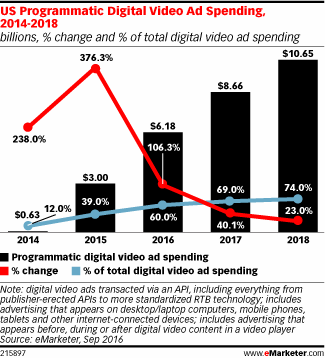
There are other types of media that have been distributed via auction–audio, for one, in places like Sirius radio–but video is still the internets’s favorite, especially across devices. Just take a look at the stats from Ooyala’s Global Video Index for Q2 2016:
In case that’s not clear enough, Syndacast predicts that 74% of internet traffic in 2017 will come from video, Google owns 21% of the digital video market, and even Facebook has made their preference for video clear.
The future is coming, and many advertisers are on the right track towards it. But if you’re not, here’s why you should be.
The biggest thing that sets programmatic apart from traditional media buying is the fact that you get to rely on real-time data that will put your video in front of a potential customer at just the right time.
There are a few factors that have made programmatic the king of video distribution. Here’s a few of them.
The first thing you’ll notice when you use a platform like FuelX is the transparency around how your videos perform–aka how people are not just reacting to them, but whether or not they convert. With traditional TV spots, it’s much harder to attribute a conversion to a video.
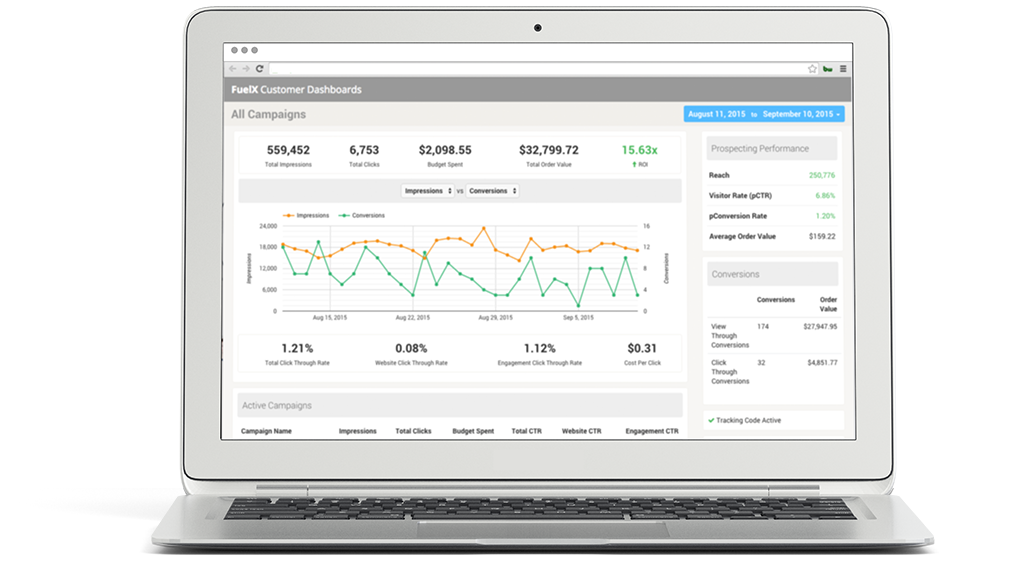
According to the FuelX site, FuelX gathers data on users consisting of proprietary first party data which is augmented by second and third party data on behavior, interest, demographics, purchase history and more.
That intel actually keys us into a really important part of the buyer journey beyond just their likes and dislikes. It actually helps you build a profile of not just the individual user, but also generates clusters of similar audiences, so you can target those most likely to watch your ad and convert.
“It’s about layering contextual relevance instead of being a silo,” says Lapena. “You bring all these sources and layers together so you get a clearer understanding of specialized or aggregate groups and their tendencies.”
In the 50s and 60s, videos were mainly a brand play, says Lapena. They weren’t usually expected to drive direct conversions.
But things changed in the 80s.
“Infomercials in the 80s springboarded the direct response video commercial piece–and many brands would opt for specific 30-minute spots, say, at 2 am. When this…opened up with cable, you started seeing different commercials and infomercials blowing up.
The equivalent is happening now online–people are getting more sophisticated with CTAs and storylines on their videos–where they script these out to convert.”
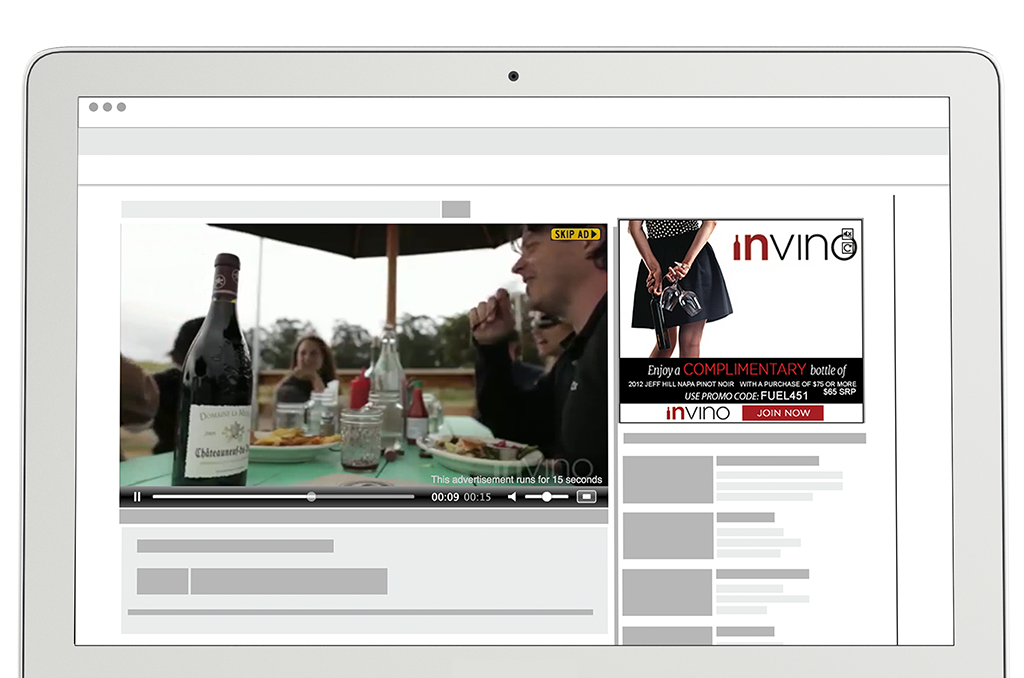
Programmatic advertising gives advertisers the ability to take a full-funnel approach with customers–meaning they can target individuals with compelling video ads that fit each part of the journey.
“When you reach someone at the top of the funnel, you’ll be aiming for awareness, impressions or appearances,” explains Lapena. “We start “cooking” when we start following users through that journey and pull them through the funnel with different ads that have different CTAs.”
“Back then, brands just had to buy that huge spot on tv,” says Lapena. “Now we can test our way in with a smaller amount of money.”
It’s the question on every creative marketer’s lips: how do you move from being the “interruption” video to being the main event?
A lot of advertisers have dealt with this by creating entire sites dedicated to original video that doesn’t even really have a lot to do with their actual product. See MEL Films, which you probably didn’t know are driven by Dollar Shave Club:
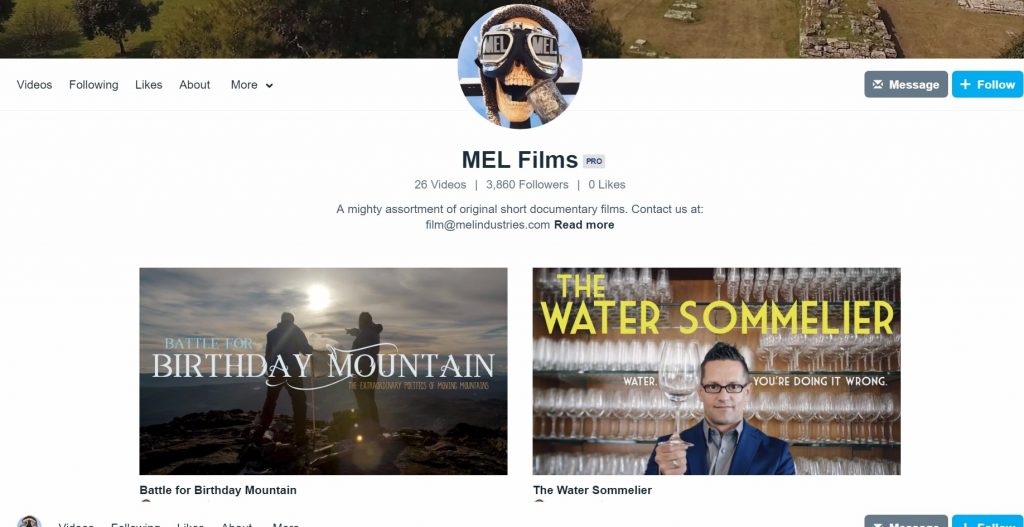
But others rely on native/sponsored videos hosted within other trusted publisher sites. (Think Buzzfeed’s famous Puppyhood video sponsored by Purina.)
“I think in the future, we’ll have more customers thinking about the experience of what the consumer is doing, and avoiding interrupting that,” says Lapena. “Back in the 50s, there were whole TV shows where there was no advertising, it was just sponsored by one advertiser.
In a Netflix world, that could work–a show that’s “brought to you by” this particular brand. Building experiences will probably become more important than just product placement.”
There are so many different places where you can distribute your videos, and different formats to go along with them.
Here are a few common in-display formats:
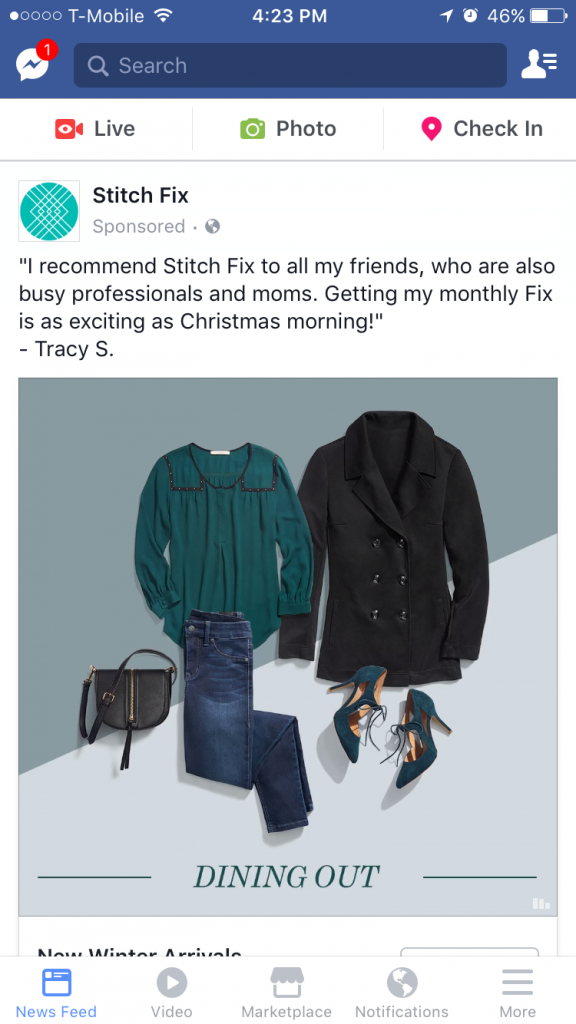
And some of the most common in-stream formats:
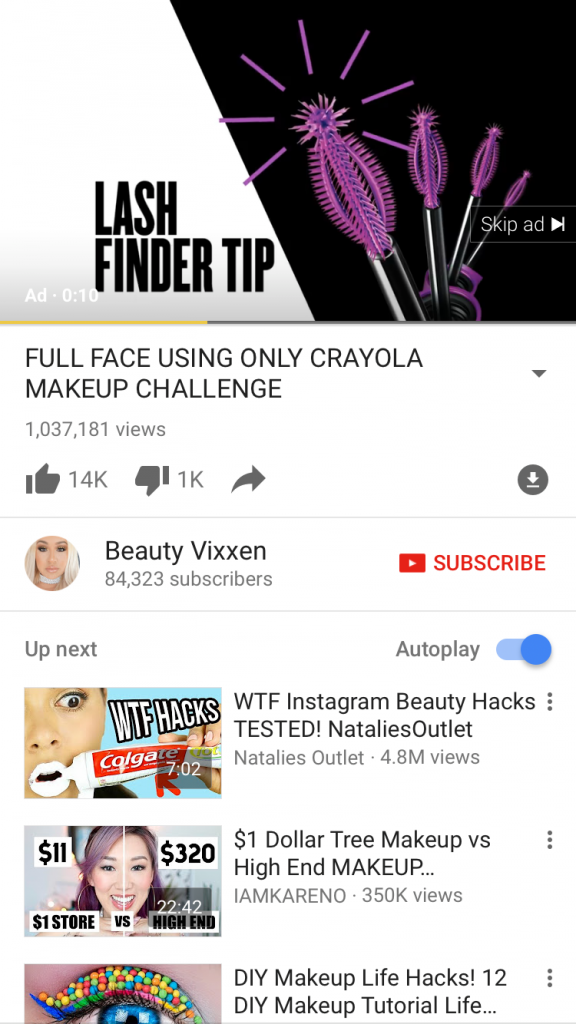
Some of these are geared towards social media platforms (i.e. in-feed)–but what’s the best place for your videos to convert customers?
“As for the best channels–we’re still kind of exploring,” says Lapena. “I think most people will say it’s about the good content and it’s a story and you have the conversion mechanisms in there, it doesn’t matter. And partially I agree with that–but if you were saying what would work in the future, I’d say native is going to be big, along with Facebook.”
Why Facebook?
Well, for one thing, Facebook video was reported by Socialbakers to be bigger than Youtube for brands back in 2014. Now, more brands are directly on the platform and publishing original video content than ever before.
“Facebook is really an interesting arena,” explains Lapena. “It’s so granular. and there’s the stickiness of the stream–everyone’s so caught up in it. Videos in-stream there really catch your eye.
If you put video and banner on the side–it’s kind of like you’re watching a football game and someone’s waving their hand out of the corner of your eye. That’s where I feel like that’s going on.
But if you’re watching a game and someone throws a beach ball directly in front of you, you’re already in the experience and you’ll be much more likely to engage.”
As we mentioned before, mobile–both smartphone and tablet–is huge for video consumption. Remember, millennials increased video views on smartphone by 38% and tablet by 90% in just one year (from 2014-2015).
So here’s a question–how do you attribute value to a conversion on a video?
Clearly, this conversation isn’t isolated to video and programmatic specifically. We have the same conversations about attribution (and how that affects bids) on advertising networks like Google AdWords.
Some brands are still underestimating the role mobile plays in a conversion. However, it is definitely one thing we’re getting better at. And we’ll only get better at this with programmatic advertising.
“Now that we have other devices, there are different ways people are starting and finishing [conversions], and it will be even greater as more devices get introduced into the market,” says Lapena.
“Mobile, tablet, desktop, laptops, and even smart glasses like Snapchat Spectacles. They all cross over each other, so where does ideation start in the buyer funnel? That’s continuing to be a huge challenge for brands.”
In the past, video was all about channel, one device, and limited to generalized targeting.
That’s all changed.
“The universe has expanded and gotten small at the same time,” says Lapena. “It’s ‘large’ because reach is broader than ever before, but ‘small’ because you can target even down to the individual now.
Essentially, we’re serving up the right ads to the right person on a massive level. But how do you scale it even more? It’s an interesting challenge, and that’s what we’re getting deep into.”
